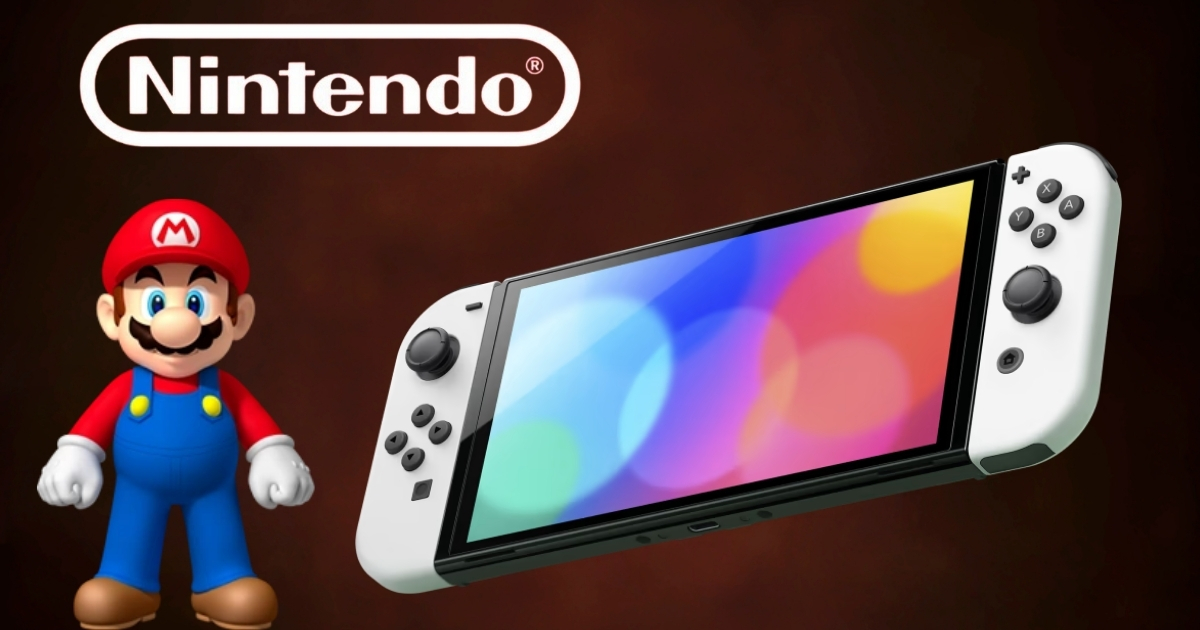Introduction
When you think of gaming, Nintendo isn’t just a brand—it’s a legacy. From revolutionizing living-room entertainment with the NES to redefining portability with the Switch, Nintendo has consistently blended creativity with shrewd business acumen. As of 2025, the company remains a titan in the gaming industry, boasting over 140 million Nintendo Switch consoles sold and a direct pipeline to its audience through events like the March 2025 Nintendo Direct. Understanding Nintendo’s strategies offers insights into innovation, risk-taking, and long-term brand loyalty for tech, entertainment, or business professionals. Let’s dive into what makes Nintendo a case study in resilience and reinvention.
Nintendo’s Evolution: From Playing Cards to Global Domination
A Brief History of Reinvention
Nintendo’s journey began in 1889 as a humble playing card company in Kyoto. Fast-forward to today, and it’s a household name synonymous with gaming. Key milestones include:
- 1983: Launch of the Nintendo Entertainment System (NES), saving the gaming industry post-Atari crash.
- 1996: Pokémon’s debut, creating a multimedia empire.
- 2006: Wii’s motion controls democratized gaming for casual users.
- 2017: The Switch hybrid console merged handheld and console markets.
Business Philosophy: “Lateral Thinking with Withered Technology”
Nintendo’s mantra involves repurposing existing tech in innovative ways. The Wii used affordable motion sensors instead of chasing high-end graphics. Similarly, the Switch leveraged tablet technology to redefine portability.
Nintendo in 2025: Key Strategies and Announcements
March 2025 Nintendo Direct Highlights
The latest Nintendo Direct unveiled groundbreaking updates for professionals tracking the gaming sector:
- New Switch Games: Metroid Prime 4: Beyond (Q4 2025), The Legend of Zelda: Echoes of the Wild (open-world RPG).
- Nintendo Today App: A smart-device hub for game updates, virtual trading cards, and community events.
- Virtual Game Cards: Digital collectibles tied to Switch titles, blending gaming with NFT-like scarcity (sans blockchain).
Expanding Beyond Consoles
Nintendo’s 2025 roadmap includes:
- Mobile Gaming: Pokémon Unite 2.0 and Mario Kart Tour: World Championship.
- Theme Parks: Super Nintendo World expansions in Orlando and Singapore.
- Film/TV: An Animal Crossing animated series partnership with Illumination Studios.
Why Nintendo’s Strategies Matter for Professionals
Lessons in Brand Loyalty
Nintendo’s IPs (Mario, Zelda, Pokémon) generate $4 billion annually in merchandise alone. Their secret? Consistent quality and nostalgia-driven engagement.
Risk Management and Innovation
While competitors chase specs, Nintendo focuses on experiences. The Switch’s success (6 years post-launch) proves that gameplay trumps hardware power.
FAQs: Nintendo’s Business and Future
Q: Is Nintendo working on a Switch successor?
A: Yes! Codenamed “NGage,” it’s rumored for late 2026 with backward compatibility and AR features.
Q: How does Nintendo handle mobile gaming competition?
A: By leveraging IPs strategically. Pokémon GO (2016) earned $6 billion, proving cross-platform synergy.
Q: What’s Nintendo’s stance on cloud gaming?
A: Cautious. They prioritize offline play but are testing cloud-based demos in Japan.
Conclusion: Play to Win
Nintendo’s story isn’t just about games—it’s about understanding your audience and daring to innovate. For professionals, its blend of tradition and forward-thinking offers lessons in adaptability. Ready to level up your strategy? Follow us for more industry deep-dives, or explore Nintendo’s investor portal to track their next move.





